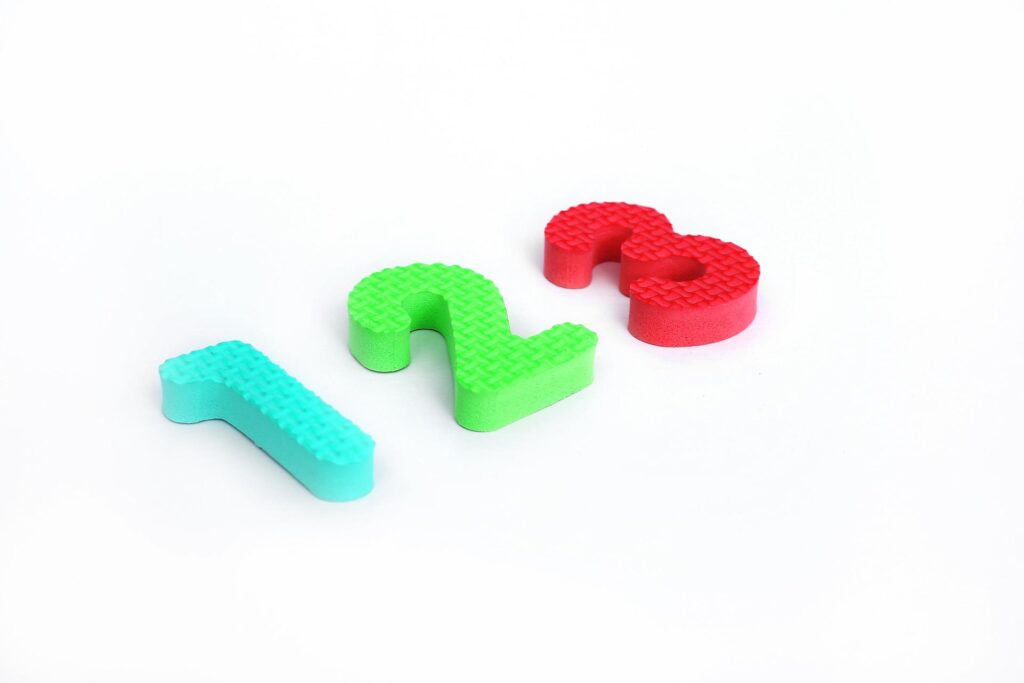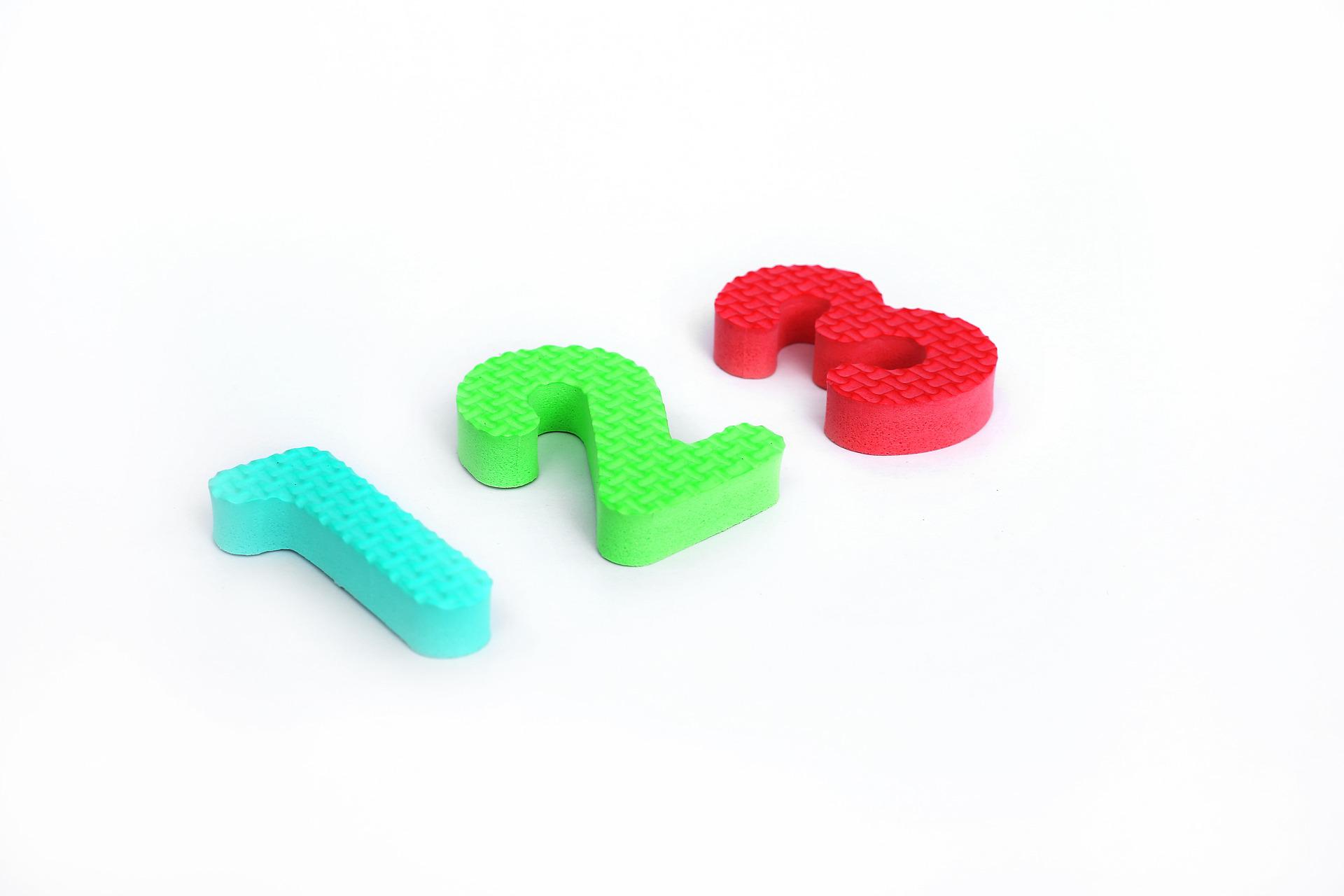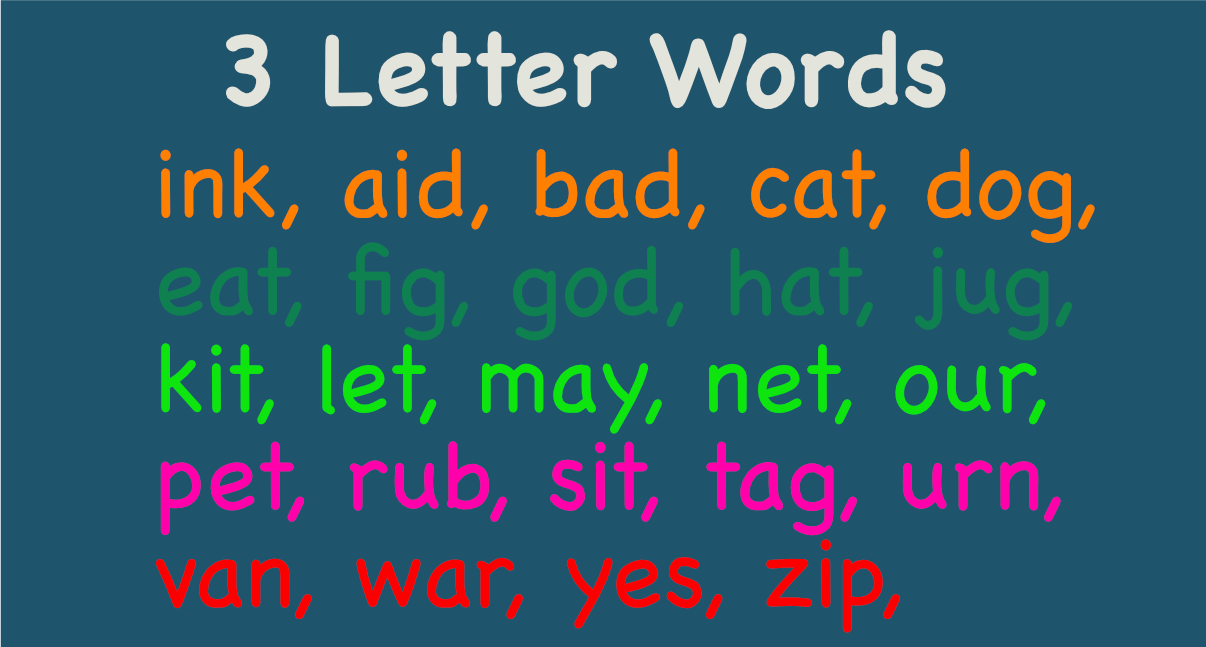
Whether you are a home schooling or you are just a parent, teaching your child maths early enough is great way to place your child on a path of solid growth and development.
There are many reasons you should teach your child math at home. We are surrounded by math all round our lives. Studies also show that kids that do well in maths tend to perform better in school overall.
Contents
Teach Math Fundamentals For Kids
Teaching your child the fundamentals of math doesn’t have to be a daunting task.
There are a number of ways to make math fun, and you can incorporate these ideas into your daily routine.
This article will discuss Hands-on teaching tools and games.
Counting to 20 and abacus are two great examples of hands-on activities. Listed below are a few more ideas to try.
Games
Learning math can be fun for children, especially if you use games to teach them.
Games that involve playing with numbers can help them learn their values and how to compare big and small numbers.
This understanding of big and small will help them with solving problems that require math.
Listed below are some games for kids that can help them learn math.
All you need are a few resources and patience. Try these games with your child to see how effective they can be.
Simple games that your child will enjoy include counting apples, dice, or other everyday objects.
They will love finding measurable objects and using a pre-set grid to find them.
Some games will also introduce numbers, such as one to 100. In addition to games, math can also be taught by playing real life activities.
For example, the weather report can be used to introduce different concepts related to area and perimeter.
To create games that can be used to teach your child math, you need different coloured coins and counters.
Then, you need to set up a grid that includes answers for times tables and cards with questions.
Your child should take turns choosing a card, working out the answer and covering it up with a counter.
These games are a great way to get your child interested in learning math.
You can also use children’s books to spark your child’s interest in numbers.
Hands-On Teaching Tools
Math manipulatives are an excellent way to teach your child new concepts and build relationships.
They help your child understand abstract mathematical concepts and can help improve their understanding of numbers.
Hands-on teaching tools help your child develop math fluency and understanding through repeated practice.
The National Library of Virtual Manipulatives provides a wide variety of manipulatives that can help your child learn math concepts.
Stories are great ways to introduce children to math concepts. By presenting math problems in an enjoyable way, they are more likely to remember the information and retain the concepts.
Children learn best when they are given adequate time to process information. Many board games can help kids learn math concepts, such as Monopoly, Uno, and Bingo.
Online games like Super Why! are a fun way to introduce children to math concepts, while some apps offer math activities for your child to play.
Playing cards come in many different shapes and sizes, and can help children learn addition and subtraction.
Traditional decks of cards can be found in most stores or even at dollar stores.
Bulk decks are particularly helpful for young children, and jumbo playing cards are also an excellent choice for teachers.
Jumbo playing cards offer a significant visual for young children. You can even use these in math manipulatives to create basic math problems.
Counting To 20
Counting to twenty is a key component of early mathematics for young children, so starting with one and two is the first step.
Start by counting a small object, such as a rock, and reinforce the concept by letting the child practice with it.
Once the child is comfortable with counting by twos, move on to threes.
In addition to practicing counting to twenty by twos, it can also be helpful to practice with everyday objects, such as stones and berries.
For further practice, you can purchase a subitizing practice card online.
Jewel strings are a fun way to practice counting to twenty.
Each string has a different colored jewel, and a child can practice counting with the gems on the strings.
There are several number puzzles available online that are free to download.
Another fun activity is to use clip cards to practice one-to-one counting with a partner.
Try one of these activities at home with your child.
To practice one-to-one counting, set up a few small objects in a center.
You can use number cards and counting chips to encourage your child to associate numbers with objects.
Children can gradually build up to higher numbers with the help of manipulatives. They can also create number chains or use links to represent numbers.
By counting with you, your child will learn that numbers are more than words, so counting with you will be beneficial.
Using An Abacus
Using an abacus to teach math at home can be beneficial for both you and your child.
It is an excellent way to introduce your child to the first symbols of number and mathematics.
Remember that children spend up to 30 percent of their energy on play, so it is important to pair learning with play for the best results.
Here are a few tips for making learning fun for your child.
Begin by teaching your child about addition. A simple counting game like the abacus can be used to teach kids about the concept of place value.
When a child learns to add two-digit numbers, they can simply enter the first two beads.
They can move the beads from 6 to 9 in the second row. This way, they will learn that nine + six equals 10 plus five.
Once your child understands how to count, introduce more complicated concepts.
Children will be able to add three or four-digit numbers using the abacus. This way, they can easily translate that concept to the abacus.
Eventually, they will be able to understand how to multiply, divide, and add fractions with the abacus.
In addition to teaching children about addition and subtraction, using an abacus can also help kids learn to count to ten.
Using Flashcards
Using flashcards to teach your child mathematics at home can be effective, but your child might resist it at first.
It is important to keep in mind that a child’s brain doesn’t develop at the same rate as a grown-up’s.
It is also important to remember that a child with ADHD https://www.cdc.gov/ncbddd/adhd/facts.html or poor motor skills may not be able to communicate his or her needs and may have trouble concentrating.
One way to make flashcards for your child is to use the corresponding apps.
You can buy pre-made flashcards, but creating your own is beneficial for your child, as it helps create neural pathways that make it easier to retrieve information later.
There are a variety of other ways to teach your child math at home.
Try these out! You won’t regret it! Here are some fun ideas that will keep your child occupied and learning!
One great game you can play with flashcards is a game of addition and subtraction.
You can play this game by using your child’s flashcards and asking them to count the total groups of numbers they see.
You can also use these cards to introduce your child to the two times table.
This way, they can practice writing their answers. If you want to make it even more fun, you can use your child’s flashcards for writing.
Celebrating Math Accomplishments
Celebrating your child’s math accomplishments is a great way to engage your child in the learning process and to reinforce learning.
When celebrating your child’s success, be specific. Acknowledge specific strategies or vocabulary used. Celebrate their big wins by sharing their final products.
And don’t forget to celebrate yourself! Here are some ways to celebrate your child’s math accomplishments. Read on for some ideas!
Children love to be celebrated and praised for their achievements. Similarly, praises for their progress in math encourage them to work harder.
Try organizing simple math events like pizza-making contests, where they can show off their skills. Identify what your child enjoys so that you can act accordingly.
For example, if your child likes animals, you could make a game where they’ll have to figure out the size of a zoo or fire truck.
Similarly, if they like video games, you could record their scores in a graph or table.
By all means make sure you celebrate your child’s math achievements.
For example, you can celebrate Pi Day, 100th Day of school, or other special math celebrations.
Think outside of the box and celebrate your child’s accomplishments.
Final Thoughts
Encourage your child to strive for personal bests, and remember that competition is not a bad thing.
Just remember not to pit your child against other students, but rather against themselves.
You can always use fun ways to teach math and to celebrate your child’s math accomplishments. All the best!



